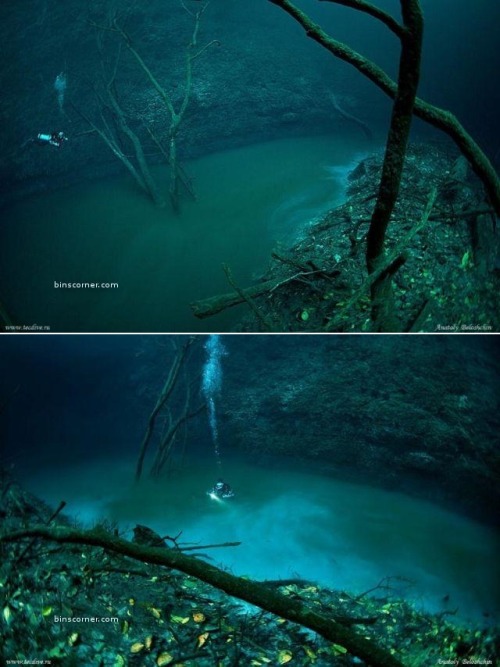Being new to the usage of digital SLR cameras, I didn't know anything really about exposure, aperture, shutter speed, or any of the other terms I've come across in our text. After reading the chapter on exposure in part two of the
National Audubon Society Guide to Nature Photography, I still was confused and so I found some more information about it from various websites. According to the text, "exposure is based on through-the-lens light meter reading that transmit the luminance of the scene to the camera's onboard computer" (Fitzharris, 63), or in other words, is the amount of light recognized by the sensor in your camera. The two main controlling factors of exposure are aperture size and shutter speed.
The aperture is the opening in the camera that lets in light, and the amount of light let in is controlled by the F-stops. I found it extremely confusing that a lower F-stop (F/1.8) meant more light being let in, while a higher F-stop (F/16) meant less light being let in. I was wondering the reasons why they made a bigger number mean less, and a smaller number mean more. The F-stop can control the exposure, since it will allow for more or less light to be let in, or "exposed."
The second part that controls exposure is the shutter speed, which changes how fast or slow the shutter on the camera remains open. A quicker shutter speed like 1/1000 (which means 1/1000 of a second), means that it will let in less light, since the shutter is open for a shorter period of time. A slower shutter speed like 1" (which means 1 second), means that it will let in more light, since the shutter is open for a longer period of time. Obviously, the shutter speed also has a great deal to do will the exposure, too.
The book also talked about histograms and how being able to read it will allow you to better assess whether your photograph is overexposed or underexposed. "If the histogram is humped to the left, you need to increase exposure; if it is humped to the right, you must decrease exposure" (Fitzharris, 64). This seems like a helpful way of being able to see if the photo is over or under exposed, and then adjust the F-stop to create a better exposure.
The text also talks about various exposure modes, such as aperture priority, shutter priority, and manual mode. The aperture priority lets you "choose the aperture and the camera sets the corresponding shutter speed" (Fitzharris, 66). This way, you can choose the aperture based on what depth of field you are wanting or what types of shots you are taking. The shutter priority is opposite; it allows you to control the shutter speed while the camera chooses the aperture. In the manual mode it combine the two of them; letting you choose the aperture and the shutter speed.
I feel like there is still a lot to learn about exposure and all the different components of it, but I feel more confident about the subject-- I just need to practice with an actual camera in order to better my skills and understanding.















